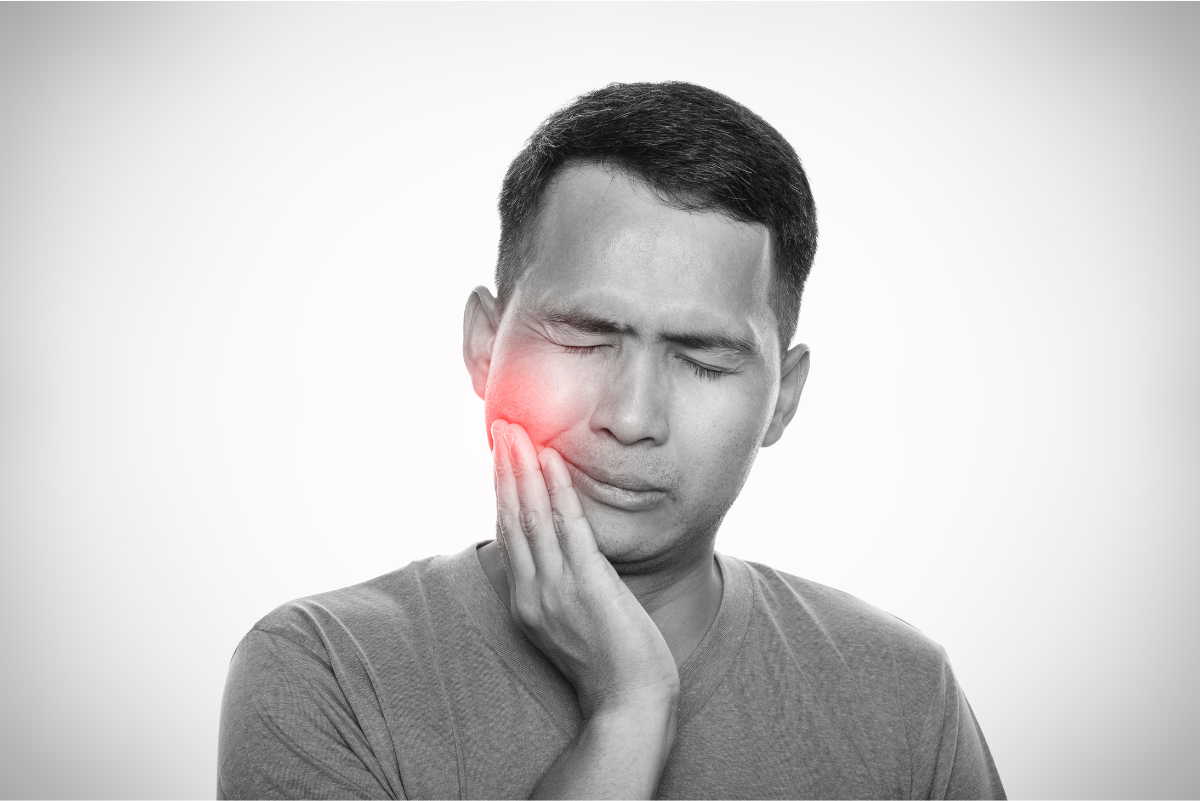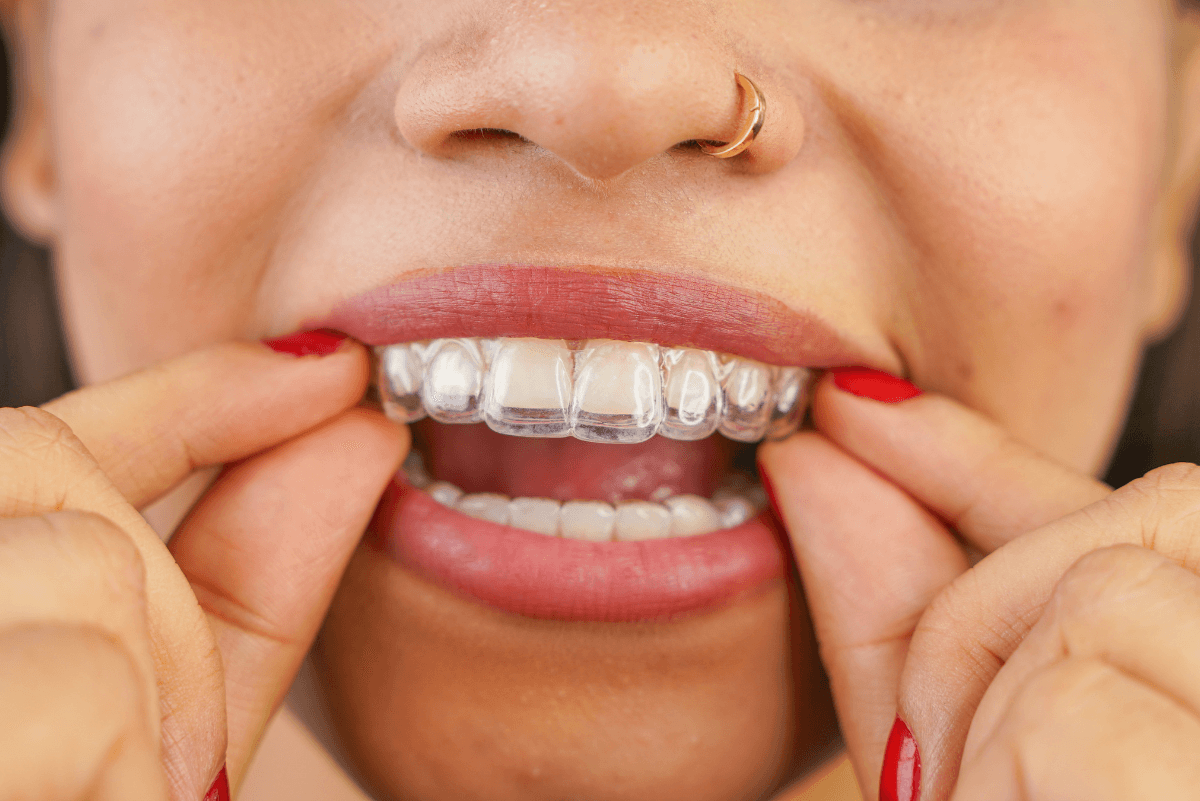Cannabis has been a hot topic in the media this week, as Canada has become the second country to make the sale and use of recreational marijuana legal on October 17th, 2018. Uruguay made recreational cannabis legal in 2013.
Evidence-based research suggests that there are certain indications for the medical use of cannabinoids. As an example, clinical evidence supports the use of medical grade cannabis in angle glaucoma to decrease the intraocular pressure in patients. However, from a dental perspective, there is no evidence-based information for the use of cannabis in the management of TMJ, neuropathic or post-operative orofacial pain.
What are the Cannabis and oral health effects and implications?
- The inhaled form of cannabis poses a risk to the patient’s respiratory tissues (oral cancer) and may lead to various conditions, including decreased saliva flow (xerostomia). Dry mouth is one of the 4 major risk factors for cavities.
- Potential drug interactions with benzodiazepines (often used in dental sedation) and antihistamines (commonly taken for allergies). Because cannabinoids are organic matter and contain active ingredients, it is challenging to know the perfect ratio of cannabinoids as the potency may vary from dose to dose and as a result, make it difficult to ascertain the drug interactions which may occur.
It is very important for dentists to know if a patient is an active cannabis user (this is why it is a question on our medical history!). In these cases, we benefit from having an open, non-judgmental conversation with our patients to determine whether they are using cannabis or not to assess potential risks to our patient’s safety.
Canadian Dental Association position statement on Smoking Cannabis, Tobacco Products and Vaping:
https://www.cda-adc.ca/en/about/position_statements/tobaccocannabisproducts/




